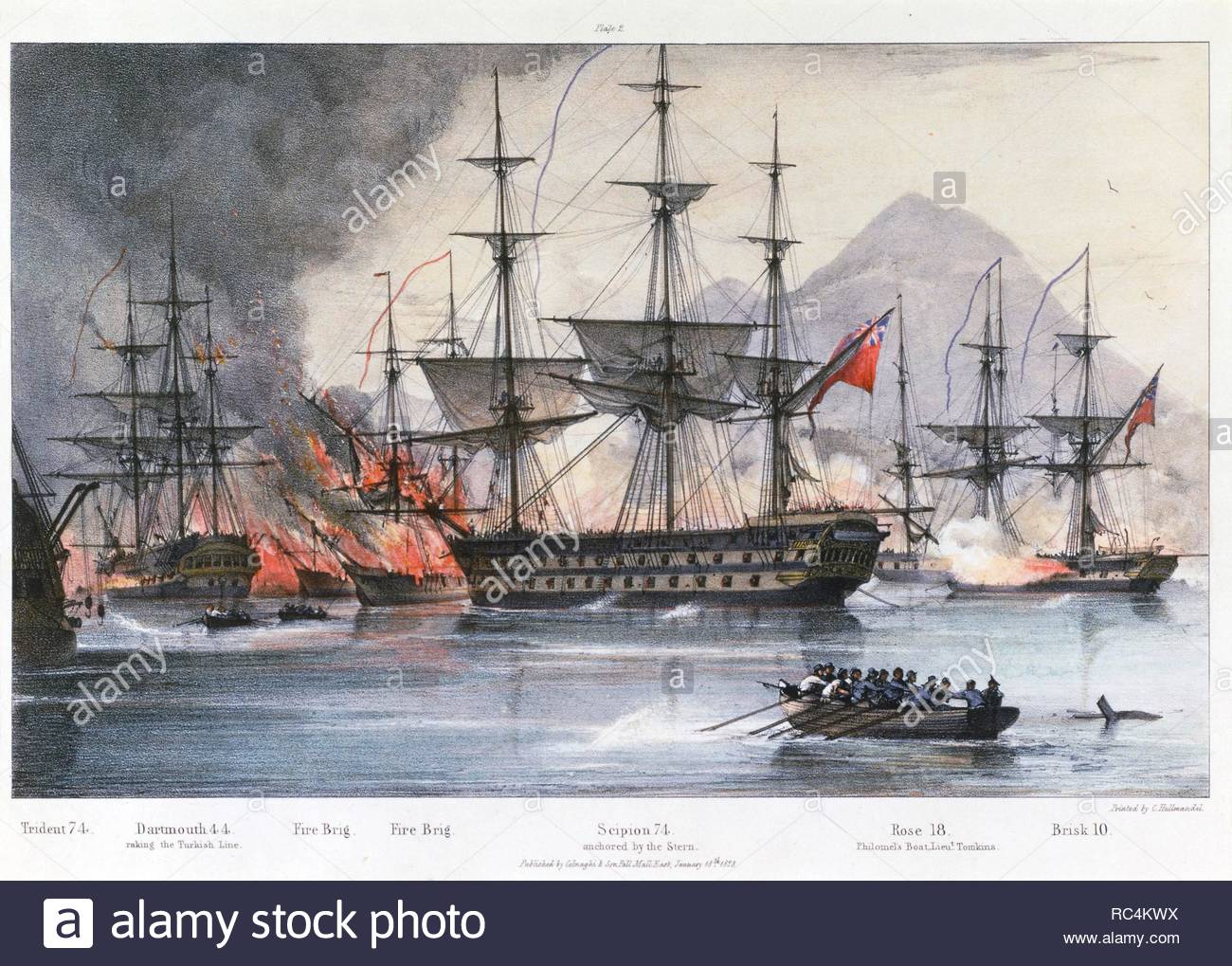

To make things worse for the Ottomans, the spring of 1915 saw the Armenian Uprising in Van, which spread like wildfire and compromised the army’s rear area security. At the end of the operation, the 3 rd Army’s manpower had been reduced from 118,174 to 42,000. The 3 rd Army suffered terribly due to uncoordinated assaults caused by poor leadership and forced marches in extreme weather conditions. The offensive started on 22 December, catching the Russians off guard, but in a little more than two weeks, it came to a halt and was eventually pushed back by Russian counterattacks. These factors, all combined, would decide the fate of the campaign. Enver Pasha, though an able staff officer and a proven expert in irregular warfare, had no practical experience in commanding an army, let alone in leading such a large-scale operation. During the planning of the operation, however, weather conditions, rough terrain, potential logistical problems, and the lack of heavy artillery support had been widely ignored. The plan, devised by Enver Pasha himself, was to conduct a single envelopment of the Russian right flank and strike the main body of the Russian Army in Sarikamis. For the operation, Minister of War Enver Pasha (1881-1922) personally arrived at the front and assumed command of the 3 rd Army himself. Shortly after the hostilities began, the Ottoman General Staff decided to launch a large-scale winter offensive that would encircle and annihilate the Russian Army in the Caucasus. The major engagements took place in the Caucasus, Mesopotamia, Gallipoli, and Palestine, but the army also saw action in secondary fronts such as Yemen, Asir, Hejaz, Iran, Galicia, Romania, and Macedonia. As the war progressed, it became apparent that the Ottoman Empire would be fighting for its own survival. The Ottoman campaign and concentration plans were drawn up in accordance with German strategic needs on the Western Front. The Ottoman High Command, lacking any kind of clear war goals other than enjoying the potential benefits of a Great Power alliance at the end of the war, had relied almost completely on German military planners for its strategic and operational-level planning. It was entrusted with the defence of a vast area stretching from the Persian Gulf to Mosul. In Mesopotamia, the Iraq Area Command was created with an understaffed and ill-equipped infantry division supported with gendarmerie and tribal forces.

The 1 st and 2 nd Armies were deployed on both sides of the Bosphorus to protect the capital, its vicinity, Thrace, and the Aegean Coast the 3 rd Army was deployed in Eastern Anatolia, on the Russian border, and the 4 th Army was deployed along the coast of Syria and Palestine.

These units were organized into four field armies. The army initially fielded thirteen army corps and two independent divisions.
Ottoman empire naval battle group full#
This caused massive delays in units reaching their full strength before the hostilities began. General mobilization, which was declared on 2 August 1914, had not been properly planned or coordinated. Along with the officers who were deemed opponents of the Committee of Union and Progress (CUP), elderly officers who were held responsible for the “Balkan Disaster”, had been forced into retirement and a rejuvenated but less experienced officer corps had emerged.
Ottoman empire naval battle group series#
When the Ottoman Empire entered the war by the naval bombardment of Russian Black Sea ports on 29 October 1914, its army had already undergone a hasty reorganization and a series of reforms following its catastrophic defeat in the First Balkan War.


 0 kommentar(er)
0 kommentar(er)
